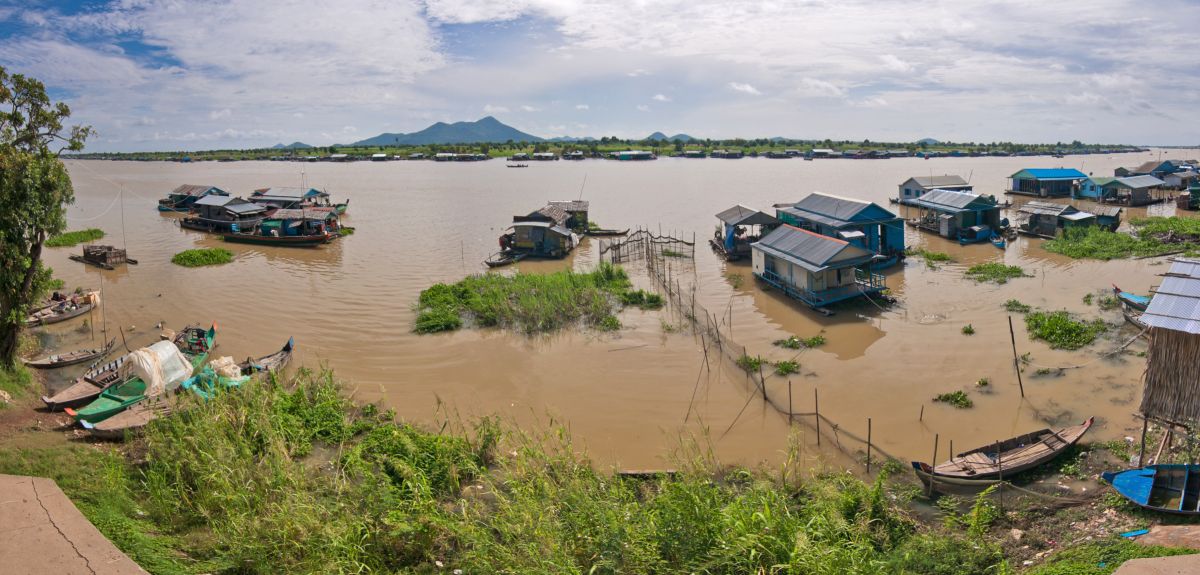
How effective are we in tackling water security?
A new paper published in Science has examined how regions around the world are coping with variable and unpredictable freshwater resources caused through drought or floods, and how this affects economic output.
The analysis compares low and high income countries and their ability to cope with changes in freshwater supply and quality. At least three types of hydrologic variability cause harm: seasonal and monthly; year-to-year; and unpredictable timing and intensity of extremes. When these three combine, the situation is 'most challenging – a wicked combination of hydrology that confronts the world’s poorest people', says the paper led by Professor Jim Hall, Director of the University’s Environmental Change Institute. Examples include Ethiopia, where there has been 38% less economic growth than would have been expected based on average rainfall.
The challenge is that the scale of economic losses depends on factors that are difficult to isolate. While high-income countries suffer fewer economic losses than lower income ones because they are better placed to invest resources in managing risk, when their infrastructure deteriorates and extreme events become more frequent, losses can be pushed 'beyond the tolerability threshold, as seen from US impacts of hurricanes Katrina and Sandy', says the paper.
The team’s analysis shows that in river basins where there has been low investment in complex hydrology, economic output is low. River basins with better hydrology are wealthier even if the investment in water management has been modest. Where the hydrology is highly variable, the paper argues that additional investment is needed to move from water-insecure to secure. It recognises, however, that the poorest countries are least able to afford to invest in improvements and the task for them is often the hardest to deliver. Critically, while investment can help move some areas towards greater water security, climate change can undermine that work.
Professor Jim Hall said: 'To tackle the complex issues involved, we need to build resilience to risk. It is an approach we are calling "the three Is". Countries need to focus on their institutions, infrastructure and information, and all three should be tackled together.
'Institutions and good governance can ensure that the right legal and economic measures are used, such as water allocation and property rights, land zoning, water pricing and trading, among others. At the same time investment in infrastructure, such as levees, groundwater wells and desalination, is vital to buffer variability and reduce risks. Decisions taken by institutions about infrastructure rely on good accurate information collection, analysis and transfer.'
The paper's conclusion is clear: context matters and developing more effective responses to water insecurity will require a significant shift in the way that investments are understood and made, creating pathways, not just individual projects.
 Expert Comment: Can Europe hold the line of liberal democracies?
Expert Comment: Can Europe hold the line of liberal democracies?
 Oxford launches first human aerosol TB challenge trial
Oxford launches first human aerosol TB challenge trial
 Rees Centre report reveals challenges faced by Black and Asian kinship carers
Rees Centre report reveals challenges faced by Black and Asian kinship carers
 Expert Comment: The Modern Slavery Act at 10 – what have we learnt for human rights?
Expert Comment: The Modern Slavery Act at 10 – what have we learnt for human rights?